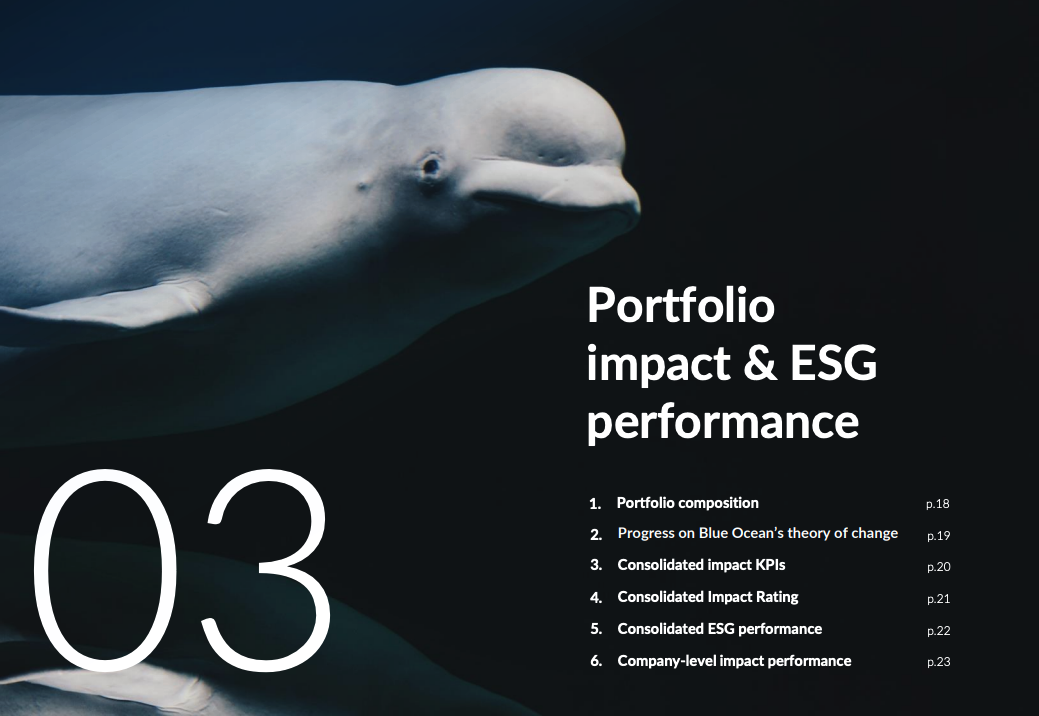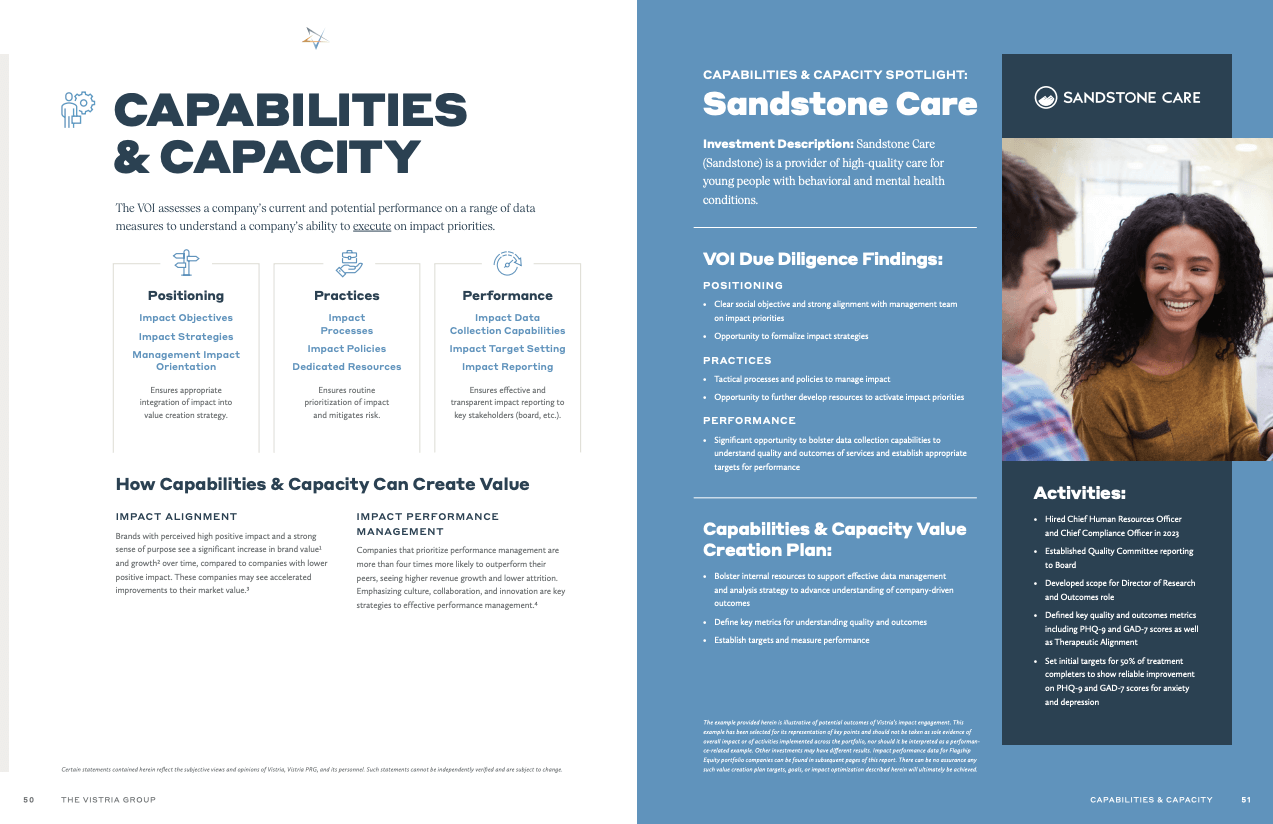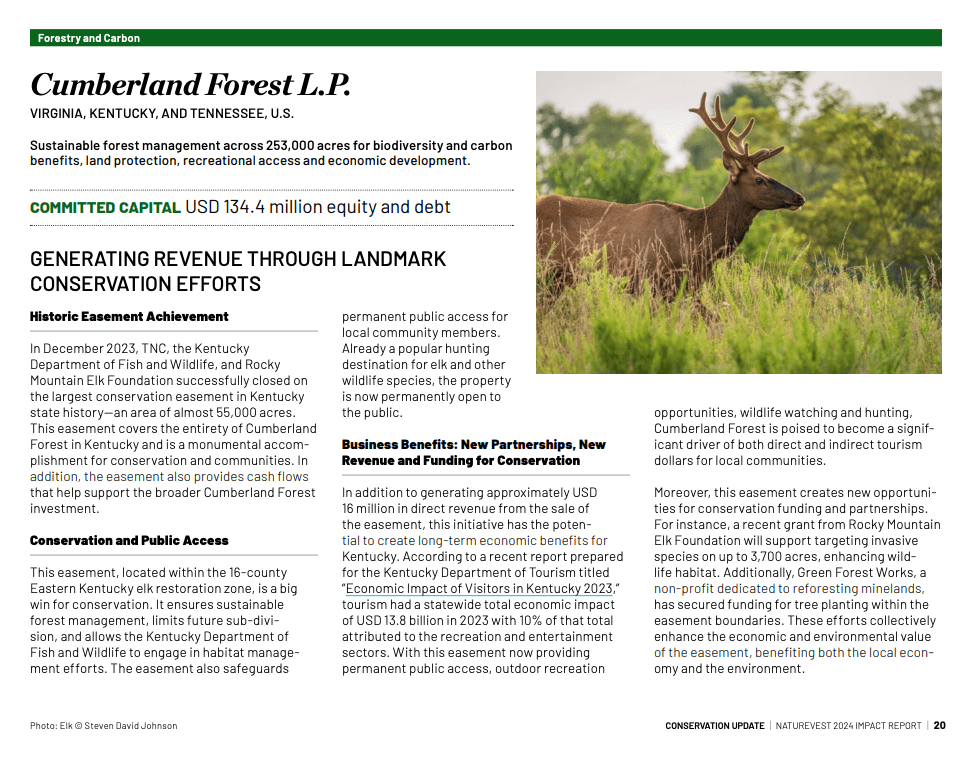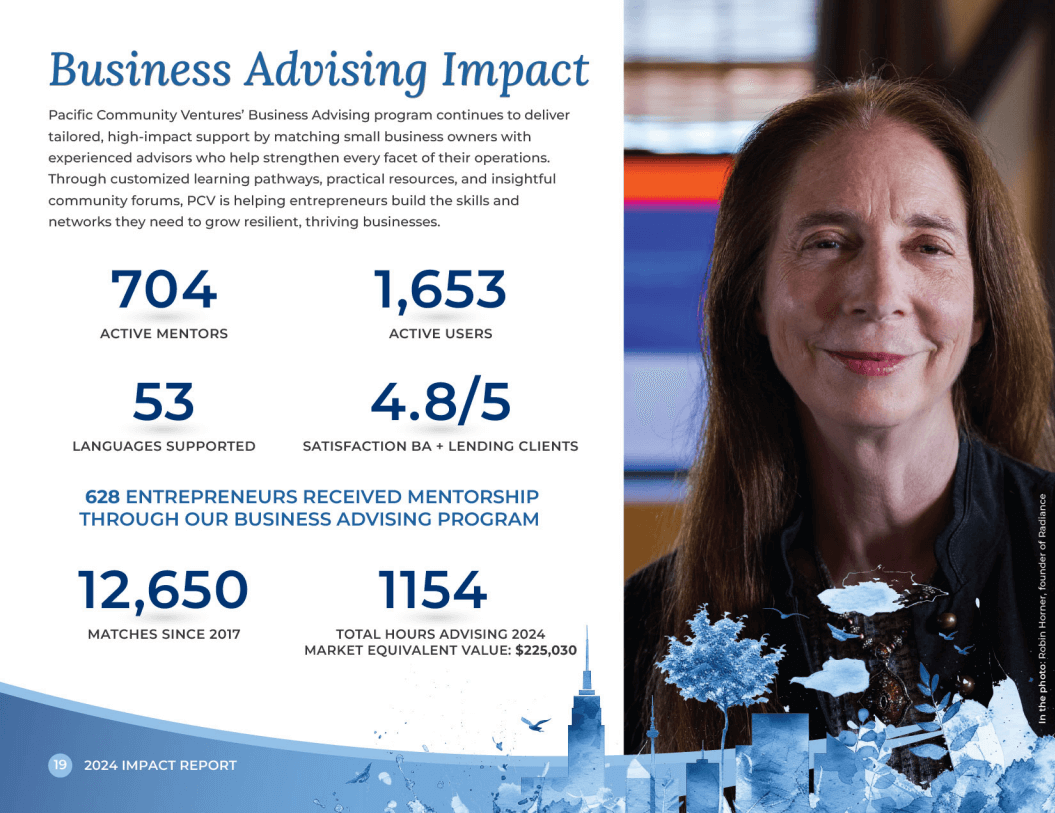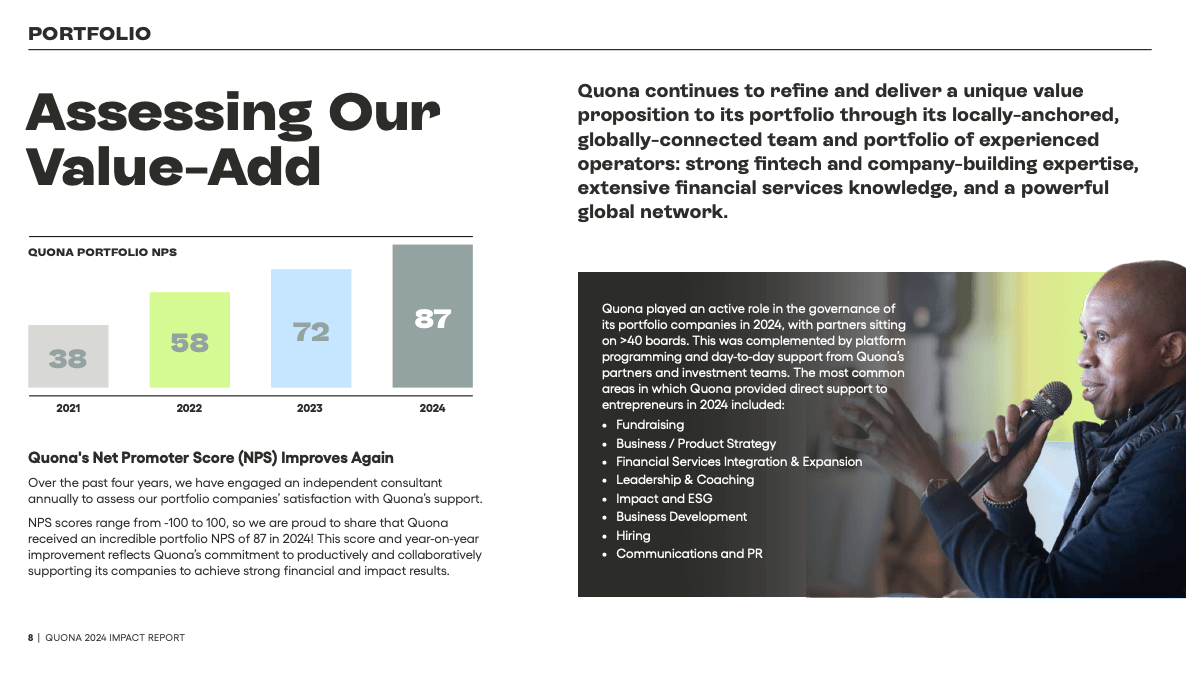Impact Reporting 2024: Investment Firms & Financial Services
Messaging Patterns, Design, and Trust Signals
We reviewed 50+ 2024 impact reports across industries and sectors. The series explores how organizations shape their messages—through design, layout, frameworks, and evidence of impact.
As the economic landscape continues to evolve, the messaging in the reports from investment and professional services firms evolves with it. In these 2024 reports, a common theme among the introductory letters from leadership is acknowledgment of uncertainty paired with plans for action.
Trends in impact efforts are reflected in evolving terminology and messaging. When organizations spotlight employees, we see impact discussed in terms of workforce development, job quality, retention, ownership programs, upward mobility, good jobs, living wage, worker voice, and broader opportunities for full participation. Community impact often centers around small businesses, homeowners, underserved or underresourced populations, and local stakeholders. Within sustainability and climate, impact is being reported in the context of energy transition, renewables, biodiversity, resilience or adaptation, net zero, and circularity.
The reports in this group range from concise investor summaries to full-scale corporate publications, and most come from U.S.-based companies. Here are some of the design choices that worked:
Imagery and photography that show the work
Credibility increases when organizations show the work, not just the brand.
Housing and resilience content lands when we see homes and neighborhoods, as in Pretium’s report. Human-centered programs read better when we see the faces of real people. Place-based impact benefits from field photography. NatureVest and SWEN Blue Ocean use ecosystem and imagery that makes the work more tangible. Publication-style reports like Bloomberg’s also stay grounded with photos of real spaces and convenings.
SWEN Blue Ocean use imagery thats brings the reader closer to their work.
Layout and hierarchy that make reading easier
Clear structure lowers the effort required to read.
Vistria’s report uses visual content blocks throughout the layout, making it easier to navigate and digest. S&P Global and Bloomberg have a publication feel, with consistent sectioning and a readable hierarchy that helps you move through long chapters. NatureVest utilizes column layouts to make long passages more approachable. Aon uses big section breakers and tight, high-level spreads that let readers land quickly.
Vistria’s report uses visual content blocks throughout the layout, making it easier to navigate and digest.
NatureVest utilizes column layouts to make long passages more approachable.
Contrast and pacing that keep readers engaged
Variation in sizing, color, and imagery helps hold attention.
The reports that pop create a rhythm of both light and heavy moments. When many pages share the same weight, palette, and type scale, emphasis flattens, and the reading experience is less compelling. Aon’s large title pages, white space, and single-word section dividers create strong visual rests. Pacific Community Ventures mixes large-format numbers, human photographs, and color shifts so the eye has places to land. This approach can result in visual overload though. Apollo’s layered brand elements add interest, but when layered backgrounds sit behind dense text, the pages start to feel busy.
Aon’s large title pages, white space, and single-word section dividers create strong visual rests.
Pacific Community Ventures mixes large-format numbers, human photographs, and color shifts so the eye has places to land.
Linking content with proof points
Trust is built when you integrate proof points that connect strategy to outcomes.
Quona includes its portfolio NPS trend up front—a strong proof point. And while Aon’s report is pretty concise, it includes a comprehensive list of reference links to impact stories that offer deeper dives and lessons learned.
Quona includes its portfolio NPS trend early in the report, anchoring its message in a tangible proof-point.
Framework clarity and measurement transparency
Readers need clarity about what is being reported and why, and how these things are measured and validated.
Vistria publishes clear definitions of metrics and how these align with IRIS and SDG targets. Quona outlines its theory of change, impact measurement, and responsible exit processes. Most reports include specific framework references in the appendix. SWEN Blue Ocean introduces a rigorous glossary with KPI units and even calculations, which adds complexity and may not be easy for all readers to parse, but feels highly transparent.
Vistria publishes clear definitions of metrics and how these align with IRIS and SDG targets.
SWEN Blue Ocean includes a glossary with KPI units and even calculations.
Read the rest of the 2024 impact reporting series:
Inform Solutions is a creative services firm that amplifies the impact of innovators. Ready to launch your impact reporting program? Get in touch.
















